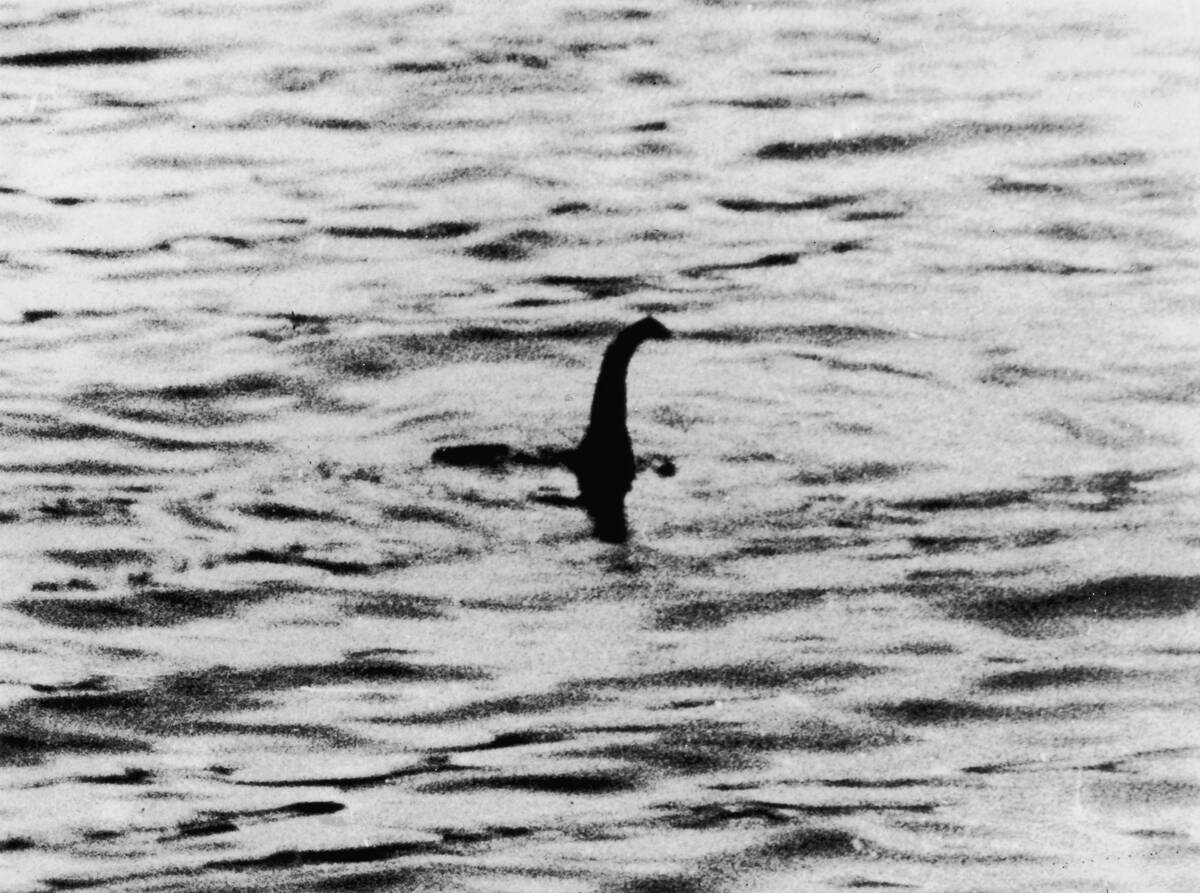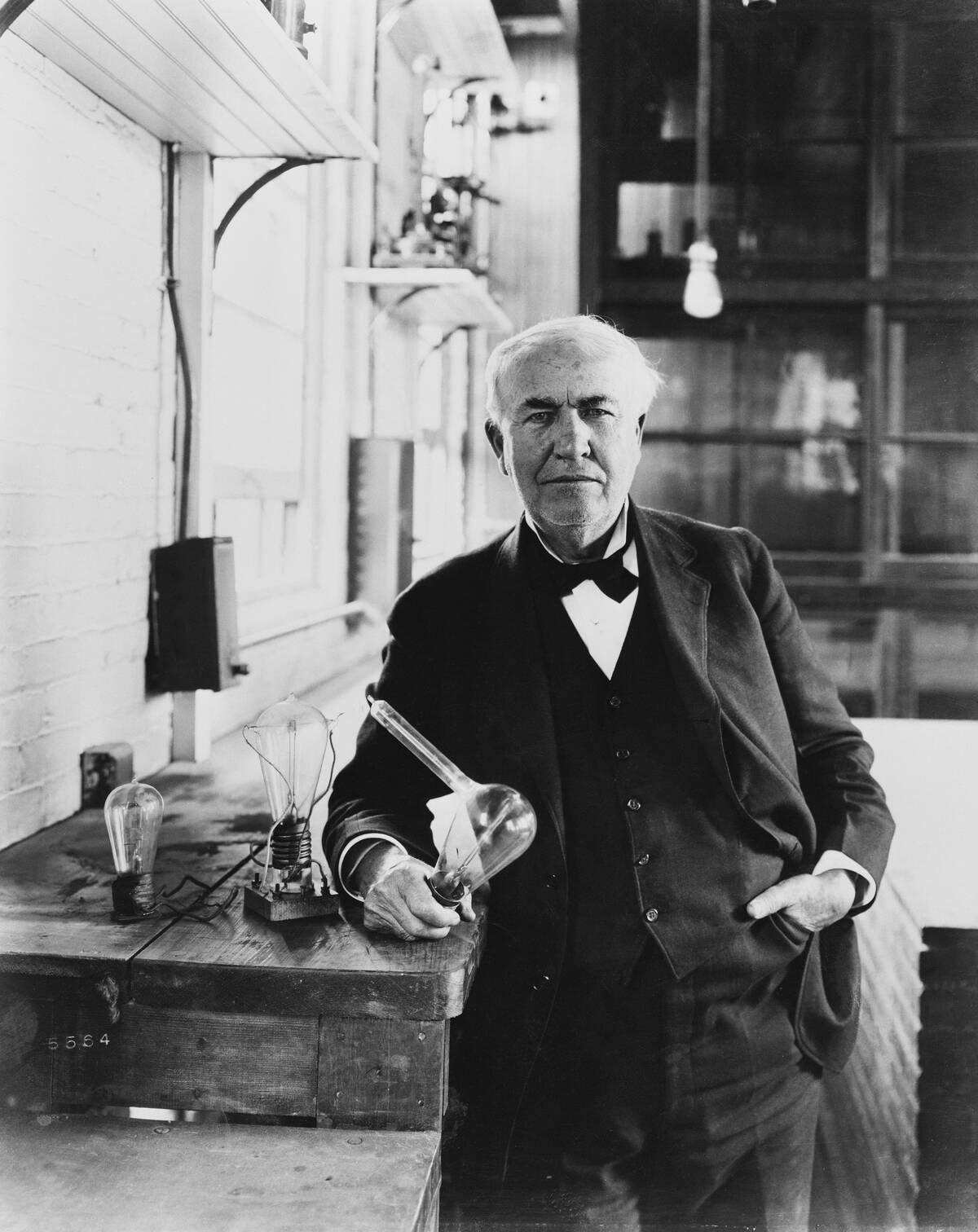The biggest historical pranks
Throughout history, people have been captivated by tales of deception, whether for entertainment, profit, or sheer mischief. These hoaxes often blur the line between reality and fiction, leaving a lasting impression on society. From moon landings to mythical creatures, these stories remind us of the power of imagination and the importance of skepticism. So, buckle up as we take a lighthearted journey through some of history’s most entertaining hoaxes that have fooled, delighted, and amused the masses.
The Great Moon Hoax of 1835

In 1835, the New York Sun published a series of articles claiming that astronomer Sir John Herschel had discovered life on the moon. The articles described bat-like creatures and lush landscapes, captivating readers with vivid details. Although it was later revealed as a hoax, the story’s impact on popular culture was immense. It demonstrated the power of the press and the public’s willingness to believe even the most outlandish tales when presented with authority and flair.
The Mysterious Cottingley Fairies: Photography Meets Folklore

In 1917, two young girls in Cottingley, England, claimed to have photographed fairies in their garden. The images captured the imagination of the public, including Sir Arthur Conan Doyle, creator of Sherlock Holmes. It wasn’t until the 1980s that the girls admitted the photos were staged using cardboard cutouts. Despite the revelation, the Cottingley Fairies remain a fascinating example of how a simple tale, supported by photographic ‘evidence,’ can enchant and deceive even the most discerning minds.
The Spaghetti Tree Hoax: A Bountiful Harvest in Switzerland

On April 1, 1957, the BBC aired a segment on the “spaghetti harvest” in Switzerland, showing women picking strands of pasta from trees. The segment, narrated by the distinguished Richard Dimbleby, fooled many viewers, who called the BBC to inquire about growing their own spaghetti trees. This classic April Fools’ prank highlighted the trust audiences placed in reputable sources and the power of media to craft convincing narratives, no matter how absurd they might seem.
The Piltdown Man: A Paleontological Prank

The Piltdown Man discovery in 1912 was hailed as the missing link between apes and humans. Found in England, it baffled scientists for decades. In 1953, it was revealed as a hoax—a human skull combined with an orangutan jaw. This elaborate prank fooled the scientific community and highlighted the importance of skepticism and rigorous testing in scientific endeavors. The Piltdown Man remains a cautionary tale of how easily wishful thinking can obscure scientific judgment.
The BBC’s Flying Penguins: An April Fools’ Day Special

In 2008, the BBC released a video showing “flying penguins” as part of their April Fools’ Day antics. The footage, supposedly from a documentary called “Miracles of Evolution,” showed penguins taking flight to warmer climates. The prank, which used CGI, captivated viewers and spread quickly online. It served as a reminder of the whimsical nature of April Fools’ Day, where even the most trusted sources can become mischievous storytellers, blending nature with imagination.
The War of the Worlds Broadcast: When Fiction Became Reality

On October 30, 1938, Orson Welles terrified listeners with a radio adaptation of H.G. Wells’ “The War of the Worlds.” Presented as a series of news bulletins, the broadcast caused panic among those who believed Martians were invading Earth. Although the extent of the panic was later exaggerated, the event showcased the power of media to influence public perception and the thin line between fiction and reality. It remains a landmark moment in broadcast history.
The Left-Handed Whopper: A Burger King’s Joke

In 1998, Burger King placed an ad in USA Today announcing the creation of a “Left-Handed Whopper” for the 32 million left-handed Americans. The ad claimed all ingredients were rotated 180 degrees for left-handed consumption. Thousands of customers requested the new burger, highlighting the ad’s success. This prank underlined the effectiveness of playful marketing and how easily people can be drawn into a clever ruse, especially when it involves something as universally loved as fast food.
The Taco Liberty Bell: A National Treasure, or Just a Taco?

In 1996, Taco Bell ran an ad claiming they had purchased the Liberty Bell to reduce the national debt, renaming it the “Taco Liberty Bell.” The prank stirred national interest, with many taking it seriously and voicing concerns. Taco Bell’s April Fools’ joke was a masterclass in marketing, cleverly generating buzz and showcasing the power of humor in advertising. It also emphasized the need for critical thinking when confronted with sensational headlines.
The Great Stock Exchange Hoax of 1814

In 1814, two pranksters spread a false rumor about Napoleon’s death to manipulate the London Stock Exchange. Stocks soared, only to plummet when the truth was revealed. The perpetrators were caught, but their hoax exposed vulnerabilities in financial markets and highlighted the potential for misinformation to cause economic chaos. The incident remains a historical lesson on the importance of verifying information and the impact of rumors on financial stability.
The Tasaday Tribe: A 20th Century Anthropological Mystery

In the 1970s, the discovery of the Tasaday tribe in the Philippines captivated the world. Claimed to be a ‘Stone Age’ society untouched by modern civilization, the story drew attention from anthropologists and media alike. However, investigations later suggested the tribe’s isolation was exaggerated and possibly fabricated. This incident highlighted the fine line between scientific discovery and sensationalism, urging caution and scrutiny in the field of anthropology to avoid being misled by embellished narratives.
The Loch Ness Monster Surge: A Creature of Myth and Media

The Loch Ness Monster, affectionately known as “Nessie,” has been a subject of fascination for decades. In 1934, a photograph purportedly showing the creature sparked international interest. While the image was later debunked as a hoax, Nessie became a cultural icon. This phenomenon illustrates how folklore and media can intertwine, creating legends that capture the public’s imagination and endure despite a lack of concrete evidence. Nessie remains a symbol of the mystery and allure of the unknown.
The Dreadnought Hoax: When Artists Became Admirals

In 1910, a group of artists known as the Bloomsbury Group pulled off the Dreadnought Hoax, impersonating an Abyssinian royal delegation to gain access to the British HMS Dreadnought. Wearing costumes and speaking gibberish, they were given a formal tour. The prank embarrassed the Royal Navy but also highlighted the power of creativity and audacity. It became a celebrated story of how wit and ingenuity can challenge authority, leaving a lasting impression on British culture and naval history.
The Swiss Mountain Cleaners: Elevating Humor to New Heights

In 2009, a Swiss tourism ad depicted ‘mountain cleaners’ scaling the Alps to keep them pristine. The lighthearted campaign featured climbers equipped with brooms and dustpans, humorously suggesting the Swiss obsession with cleanliness. Though clearly a spoof, it attracted attention and showcased the creative ways in which humor can be used to promote tourism. This playful portrayal of Swiss culture highlighted the role of humor in marketing and the universal appeal of a good-natured jest.
The Jumping Frenchmen of Maine: A Prank or a Condition?

The Jumping Frenchmen of Maine refers to a group of lumberjacks in the late 19th century who exhibited an exaggerated startle response. Initially thought to be a prank, it was later considered a neurological disorder. While the exact cause remains unknown, the phenomenon attracted scientific interest and became a curious part of medical history. This case serves as a reminder of the complexities of human behavior and the challenges in distinguishing between jest and genuine medical conditions.
The Instant Color TV Hoax: A Swedish Sensation

In 1962, Swedish television played an April Fools’ prank by announcing that viewers could convert their black-and-white TVs to color by pulling a nylon stocking over the screen. Thousands tried it, showcasing the public’s eagerness to embrace new technology. While the prank was harmless fun, it highlighted the rapid advancements in technology and the public’s curiosity. This humorous moment in broadcasting history underscores the intersection of innovation and gullibility in the media landscape.
The Big Ben Goes Digital Prank: A Time of Change

In 1980, the BBC announced that Big Ben would be converted to a digital display, sparking outrage among traditionalists. The prank was met with disbelief and highlighted Britain’s attachment to its historical landmarks. This tongue-in-cheek announcement played on the tensions between tradition and modernity, showing how deeply cultural symbols are ingrained in national identity. The reaction to the prank demonstrated the emotional connection people have with historical icons and the humorous potential of reimagining them.
The Thomas Edison Food Machine: A Culinary Con

In 1878, newspapers reported Thomas Edison had invented a machine that could convert soil into cereal and water into wine. The hoax, believed by many, played on Edison’s reputation as an inventor. It highlighted the public’s fascination with technological advancements and the potential for satire to challenge perceptions. This culinary con serves as a reminder of the thin line between innovation and imagination, and the enduring allure of the ‘next big thing’ in human advancement.
The Guardian’s San Serriffe: A Perfectly Placed Island Nation

On April 1, 1977, The Guardian published a special report on San Serriffe, a fictional island nation in the Indian Ocean. With detailed maps and stories, the prank captivated readers, some of whom inquired about travel opportunities. The name, a play on typography terms, reflected the newspaper’s wit and creativity. This elaborate ruse showcased the potential for media to craft believable yet fictional narratives, delighting audiences and leaving a lasting legacy in the annals of April Fools’ history.
The Cardiff Giant: America’s Greatest Stone Man

The Cardiff Giant was one of the most famous hoaxes in American history. Unearthed in 1869 in New York, the “petrified man” was actually a 10-foot-tall gypsum statue. Created by George Hull, it was intended to poke fun at biblical literalism. Despite being exposed as a fake, it drew crowds and sparked debates about religious and scientific beliefs. The Cardiff Giant remains a testament to human gullibility and the art of a well-crafted prank.



